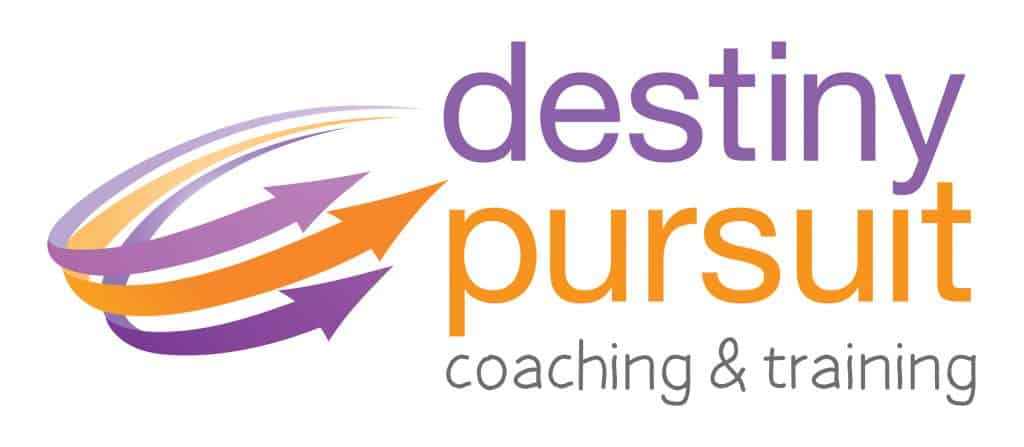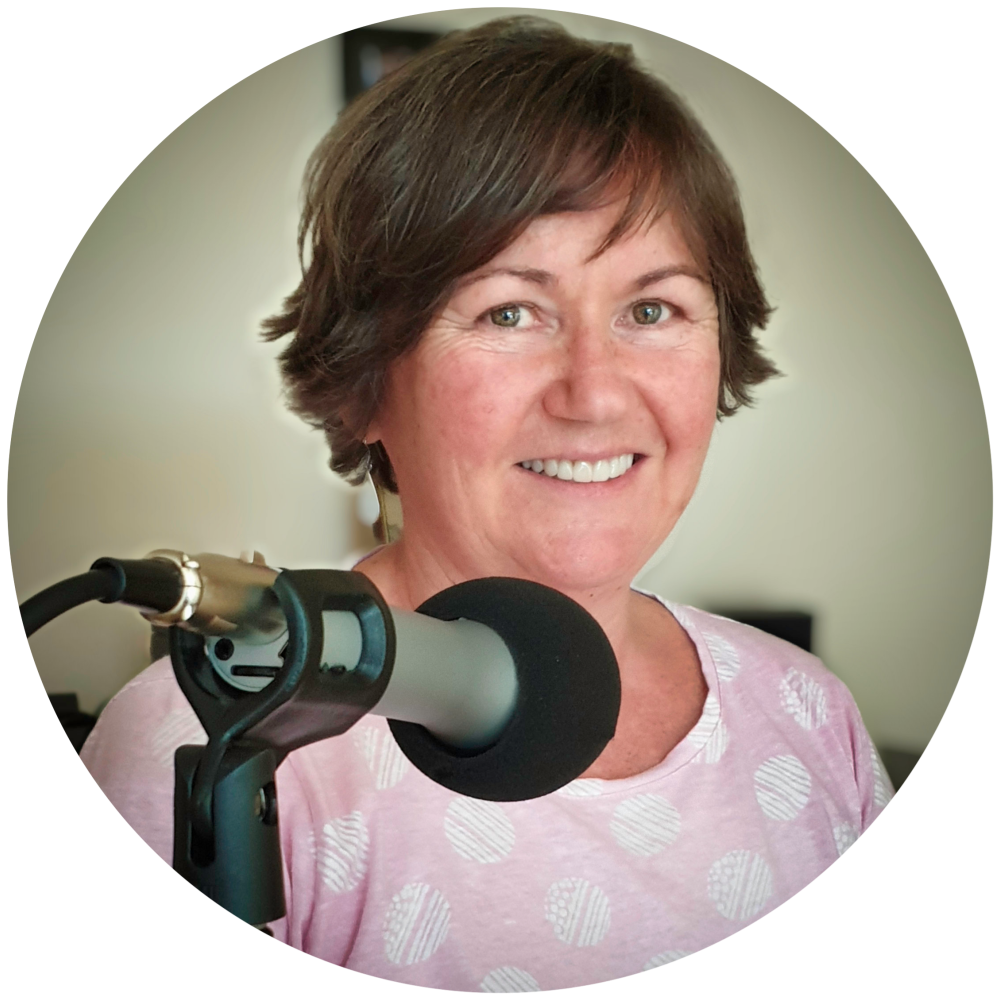Imagine being a highly capable, intellectual woman passionately wanting to contribute in ways that would make a difference, yet knowing your choices are severely limited, imprisoned within the prudish restrictions imposed on women. Chaffing against the injustice of being denied the right to pursue education and learning in your chosen field you decide to pack your belongings, cross an ocean and enroll in your chosen course on the other side of the world. Finally, imagine completing your training and realising, this would still not be enough to overcome the obstacles to women in Australia. And so you cross more continents and oceans in pursuit of your outcome knowing that when you return home those same men who had denied your rights would now have to get out of your way.
𝗠𝗲𝗲𝘁 𝗘𝗺𝗺𝗮 𝗖𝗼𝗻𝘀𝘁𝗮𝗻𝗰𝗲 𝗦𝘁𝗼𝗻𝗲
From a young age, Constance displayed an interest in anatomy. Devouring books and diagrams and soaking up knowledge where she could, she knew her destiny was to become a doctor. She didn’t, however, know how circuitous the route to her destiny would be.
In 1884, Constance was 27 years old and had been refused entry to the University of Melbourne’s Medicine Department because its all-male board considered medical studies unsuitable for women. Emma Constance Stone would not let circumstances dictate her destiny, and accepted that she alone was responsible for who she would become in life. And so began her quest.
Remaining focused on her outcome, she boarded a steamship bound for America then crossed that untamed land heading east to the Women’s Medical College of Pennsylvania. Here, away from everything familiar, Constance completed her three-year degree before heading north to Canada’s University of Trinity College in Toronto where she graduated with first-class honours. Still not convinced this would satisfy the Medical Board back in Australia, she continued her travels to London where she worked in the New Hospital for Women. This English experience was defining for two reasons; first, she gained another vital distinguishing qualification by becoming a Licentiate of the Society of Apothecaries (like today’s pharmacists) and, second, she refined her intentions of how she would serve humanity. Still holding true to her course of practicing as a physician, she honed her direction within that broad field to wanting to, in particular, serve women.
Constance Stone returned to Melbourne in 1890 and became the first woman in Australia to register as a Medical Practitioner. She then quickly set about fulfilling her ambition. Whilst in London, she became acutely aware of how much more comfortable and communicative women were and how they felt listened to when discussing their problems with women doctors. This increased communication of course enabled better diagnosis and treatment for women patients. With this as her driving force, Constance, her sister Clara and cousin Mary (who had by this time also graduated as doctors thanks to the pioneering work of Constance), joined forces and organised a shilling fund to build a hospital for women, staffed and managed by women. The women of Victoria enthusiastically supported this venture quickly raising more than three thousand pounds to purchase and establish the Queen Victoria Memorial Hospital in Lonsdale Street Melbourne. The hospital opened in 1899 serving many generations of women, including me when I had my first baby, since.
Along her journey, Constance Stone was elected to many committees including the Australian Health Society and the Melbourne Benevolent Asylum. She made time to work with the Women’s Christian Temperance Society and the Young Women’s Christian Association. Dedicated to equality, Constance also worked with the United Council for Women’s Suffrage.
We can see that Emma Constance Stone was a master of the Five Principles of Success we explore in NLP, - know your outcome, take massive action, demonstrate sensory acuity, display behavioural flexibility and have the physiology and psychology of success. From humble Hobart beginnings, Dr Emma Constance Stone formed a clear and ambitious vision of becoming a Medical Practitioner.
Despite her circumstances and in the face of the rejection from the all-male board she remained true to her focus and identified alternate steps that would ultimately lead her to accomplish her ambitions. Constance Stone took responsibility for her future; she initiated and maintained the actions and momentum to ensure she would become a registered Doctor in Australia. Then she set about supporting and serving other women using her wits and emotional intelligence to fulfill her inner-most need to “do useful work in the world.”



0 comments
Leave a comment
Please log in or register to post a comment